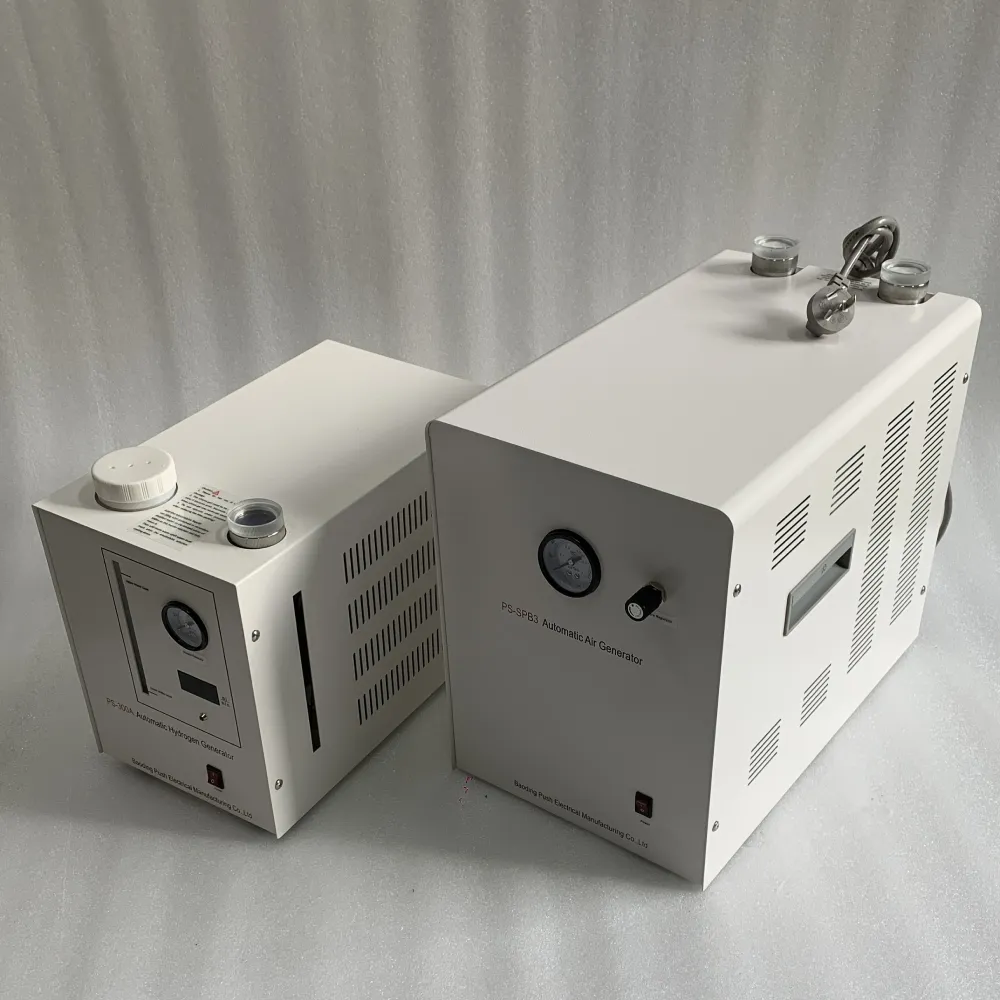 English
English


Essential Equipment for Analyzing Used Oil Quality and Ensuring Engine Performance Optimization
Understanding Used Oil Testing Equipment Importance and Applications
Used oil testing equipment plays a crucial role in the maintenance and management of lubricants used in various machines and engines. As organizations strive to optimize performance, reduce costs, and minimize environmental impacts, the importance of analyzing used oil cannot be overstated. This article explores the significance of used oil testing, the equipment used in the process, and the benefits that come from regular testing.
Why Test Used Oil?
Used oil testing is essential for several reasons. Firstly, oils degrade over time due to exposure to heat, contaminants, and mechanical wear. As oil ages, its lubrication properties diminish, leading to possible engine failure and increased maintenance costs. By testing used oil, operators can assess its condition, determine its remaining useful life, and schedule timely oil changes.
Secondly, used oil often retains valuable information regarding the operational health of the machinery. For instance, the presence of metal particles in the oil can indicate the wear of internal components, which may necessitate further investigation. Additionally, the analysis can show contamination levels, ensuring that equipment operates efficiently and safely.
Types of Used Oil Testing Equipment
Several types of equipment are utilized to test used oil, each serving unique purposes
1. Viscometers Viscosity is a critical factor in oil performance. A viscometer measures the oil's viscosity, indicating its ability to flow and provide adequate lubrication. By comparing the viscosity of used oil with that of fresh oil, technicians can gauge degradation levels.
used oil testing equipment

2. Spectrometers This equipment analyzes the elemental composition of used oil. Spectrometric testing can identify the presence of wear metals, contamination, and additive depletion, thus providing insights into the condition of the engine and potential issues.
3. FTIR (Fourier Transform Infrared Spectroscopy) FTIR is a powerful tool used to identify chemical changes in oils. It can detect oxidation, nitration, and the presence of contaminants, allowing for a comprehensive understanding of oil quality.
4. Flash Point Tester This device measures the flash point of used oil, which is critical for safety. A low flash point can indicate contamination with volatile substances that may pose fire hazards.
5. Acid Number Testers The acid number is an important parameter in assessing oil degradation. Used oil testing equipment can measure the total acid number (TAN), indicating oxidation and contamination levels that affect oil quality.
Benefits of Regular Used Oil Testing
Implementing a routine used oil testing program offers numerous advantages. Firstly, it enhances machinery reliability and longevity. By identifying potential problems before they escalate, organizations can avoid costly repairs and downtime. Secondly, it helps in maintaining optimal performance, ensuring engines and machinery operate efficiently.
Regular testing also promotes environmental responsibility. Properly analyzing and disposing of used oil reduces the risk of environmental contamination. Furthermore, understanding oil condition can help in recycling and reconditioning efforts, contributing to sustainability.
In conclusion, used oil testing equipment is an indispensable asset in modern industrial operations. Through meticulous analysis of used oil, organizations can not only prolong the life of their machinery but also gain peace of mind in their environmental stewardship. As technology evolves, the capabilities of used oil testing equipment will continue to improve, further solidifying its role in efficient maintenance practices and operational excellence.
-
Differences between open cup flash point tester and closed cup flash point testerNewsOct.31,2024
-
The Reliable Load Tap ChangerNewsOct.23,2024
-
The Essential Guide to Hipot TestersNewsOct.23,2024
-
The Digital Insulation TesterNewsOct.23,2024
-
The Best Earth Loop Impedance Tester for SaleNewsOct.23,2024
-
Tan Delta Tester--The Essential Tool for Electrical Insulation TestingNewsOct.23,2024





